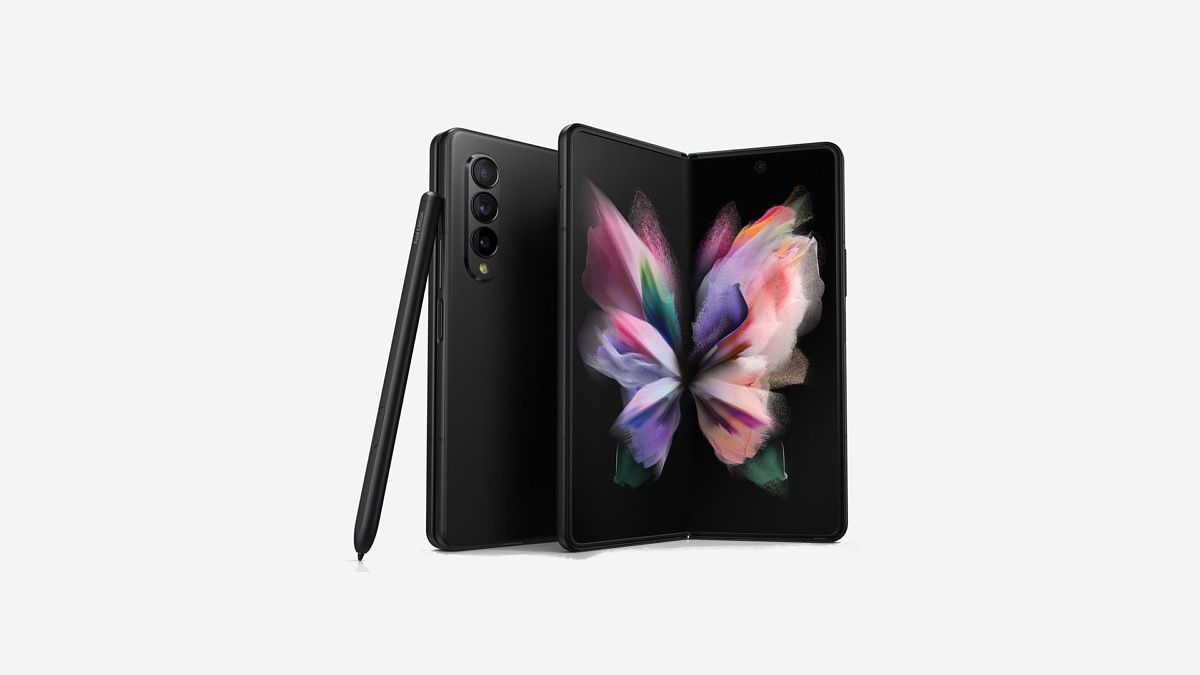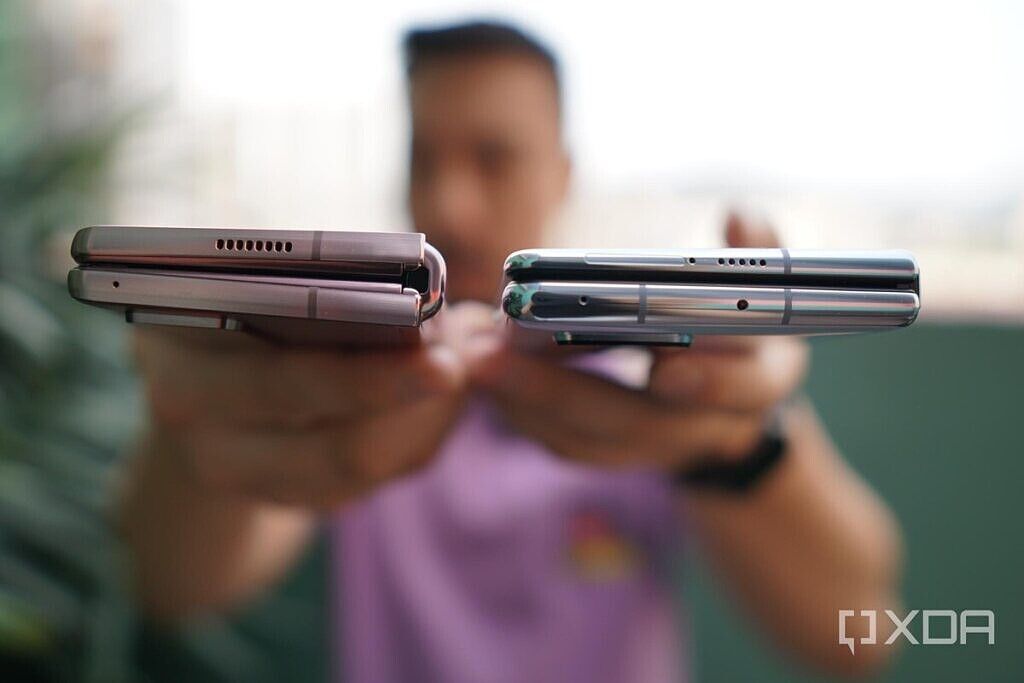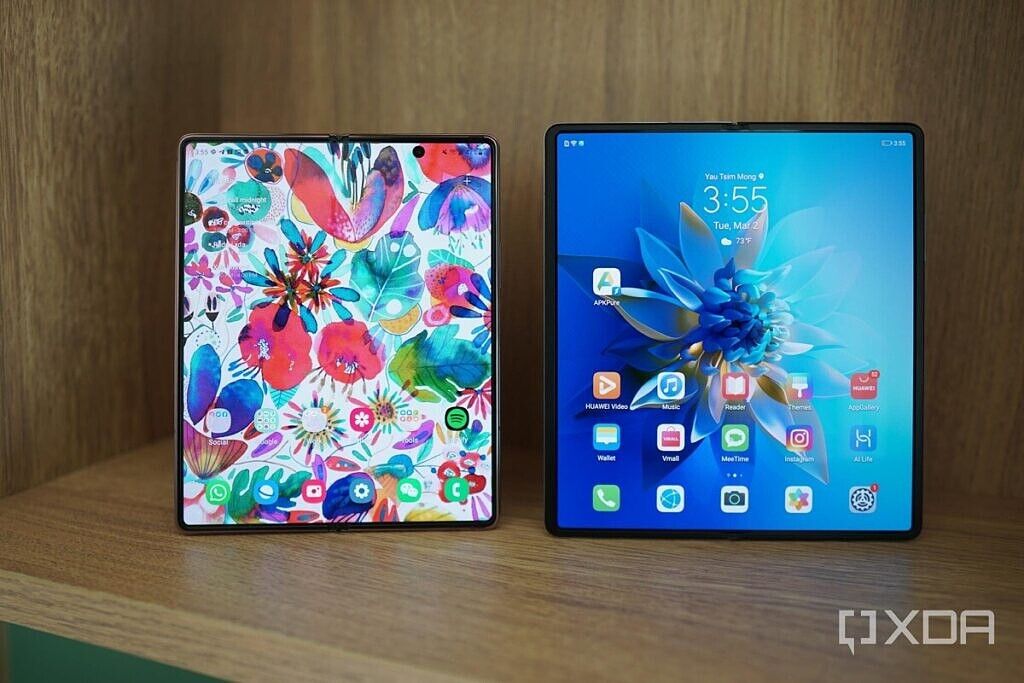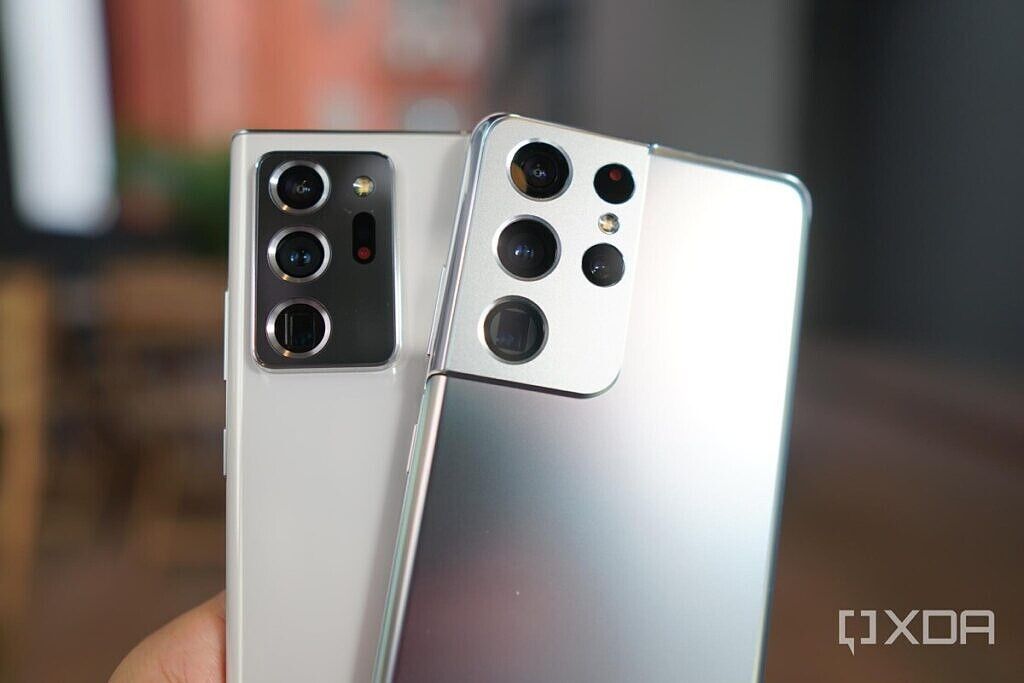Ever since Samsung introduced the idea of a foldable phone, opinions from consumers and media have been divided on the product category. Some believe foldables are the future, while others think it's an overpriced gimmick. I've been firmly in the former camp since day one. In fact, I'm so hardcore about foldables I paid $800 above retail price to import the original Galaxy Fold during its first week of launch when the device was only available in South Korea. I paid a similar markup for the first Huawei Mate X when that phone was in short supply.
Since then, I've gotten my hands on and tested extensively every single foldable that has hit the market, including the really obscure ones like the Royole FlexPai 2. So I think it's fair to say I'm an enthusiast with an educated opinion on the state of foldables.
Right now, the most impressive, bleeding-edge foldable hardware is the Huawei Mate X2, because it managed to do a couple of things that are considered shortcomings of the otherwise excellent Galaxy Z Fold 2. Huawei managed to cram a true flagship camera system including a 10x Periscope zoom lens into the Mate X2, as well as manufacture a hinge that folds completely flat without leaving a gap. The Galaxy Z Fold 2, by comparison, has a weak 2x telephoto zoom lens and a noticeable gap when closed.
Of course, comparing the Mate X2 to the Galaxy Z Fold 2 isn't a fair direct comparison, because Samsung's device is a 2020 phone, while the Mate X2 is a 2021 device. I figured that when the Galaxy Z Fold 3 came along, Samsung would incorporate these hardware improvements into the device and it would reclaim the lead as the most bleeding-edge foldable hardware.
But this doesn't appear to be the case so far. Thanks to very reliable leaker Evan Blass, what should be official Samsung renders of the Galaxy Z Fold 3 are out in the open for all to see, and the visuals show the Galaxy Z Fold 3 still leaves a slight gap when folded, just like the previous two Folds. The camera system also doesn't appear to include a Periscope zoom lens used in Samsung's "Ultra" series of phones.
Unless these renders are incorrect (which is unlikely, given Blass' impeccable track record), the Galaxy Z Fold 3 likely uses the same camera system as the standard, non-Ultra Galaxy S21 phones. Those cameras are pretty good, but pale in comparison to the Galaxy S21 Ultra's jaw-dropping zooming prowess and 108MP main lens with a large sensor.
This means, just like last year, Samsung's foldable flagship will have an inferior camera system that can't quite keep up with the best camera systems seen in premium slab flagships from not just Samsung, but also Huawei and Xiaomi.
I think this year, the decision to go with a lesser camera system is by choice. After all, if Huawei could manage to cram a true flagship camera system into the Mate X2, then Samsung should be able to do it too. I believe Samsung will choose not to incorporate its Ultra camera system into the Galaxy Z Fold 3 because it wants to make practical improvements that will be more appealing to the average consumer.
Samsung confirmed as much in an investor call late last year. According to South Korean media The Elec, Samsung reps told investors the company plans to make foldable phones "more mainstream" by being "lighter and thinner" than before.
The Galaxy Z Fold 3 could likely achieve just that, according to another reliable leaker who goes by the pseudonym Ice Universe. This wouldn't have been made possible if Samsung had used its Ultra camera system, which so far is notable for its bulky camera module.
Another silver lining of the Galaxy Z Fold 3 not using the Ultra camera system is it reduces component cost, which should lead to a lower price tag. This too is likely happening, as another leak coming out of South Korea is claiming the Galaxy Z Fold 3's retail price will be 20% lower than the Z Fold 2's.
If all these leaks are true, the Galaxy Z Fold 3 is going to be the cheapest and lightest phone in the Fold series yet. This addresses two of three major complaints about past foldables. But what about the third concern -- durability? The Galaxy Z Fold 3 likely addresses that too, as another rumor indicates it will gain an official IP water resistance rating.
Essentially, in developing the Galaxy Z Fold 3, Samsung decided to broaden the phone's appeal instead of further pushing it into a niche enthusiast device. This is a smart business move. For as impressive as the Huawei Mate X2 is, its $2,700 starting price would have been a non-starter for most people, even if the phone didn't have the Google issue. Samsung doesn't want the Galaxy Z Fold 3 to appeal only to crazy phone geeks like me. It wants the Galaxy Z Fold 3 to hold the same mass appeal as a Galaxy S phone, and all of these changes should help it achieve that goal.
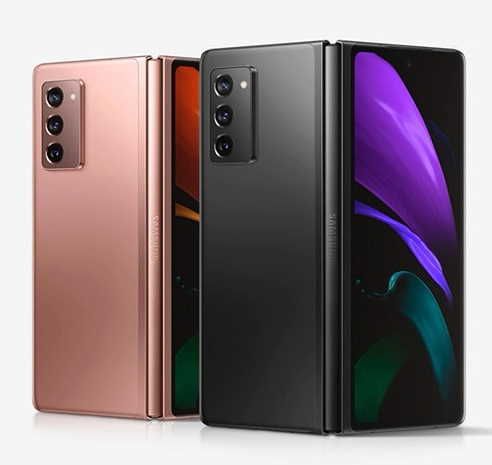
Samsung Galaxy Z Fold 2
The Samsung Galaxy Z Fold 2 is still the best overall foldable phone with the best combination of hardware and software around.
In the future, I would not mind a branching off of the Fold lineup into regular and Pro variants to broaden the horizon of foldables into both consumer and enthusiast spaces. It would be a smart move too, one that would serve smartphone enthusiasts like me with the overkill I crave while also providing a more affordable and practical option for average users who want to take a leap of faith with foldables. The non-Pro variants could even make some compromises along the way, like opting for a premium mid-range or a yesteryear flagship Qualcomm SoC instead of the current-gen flagship SoC, and bring the price further down in the same form factor. Foldables need this diversification to happen to mature further as a viable product segment for average users. But for now, not being an absolute overkill should do it for this year.

